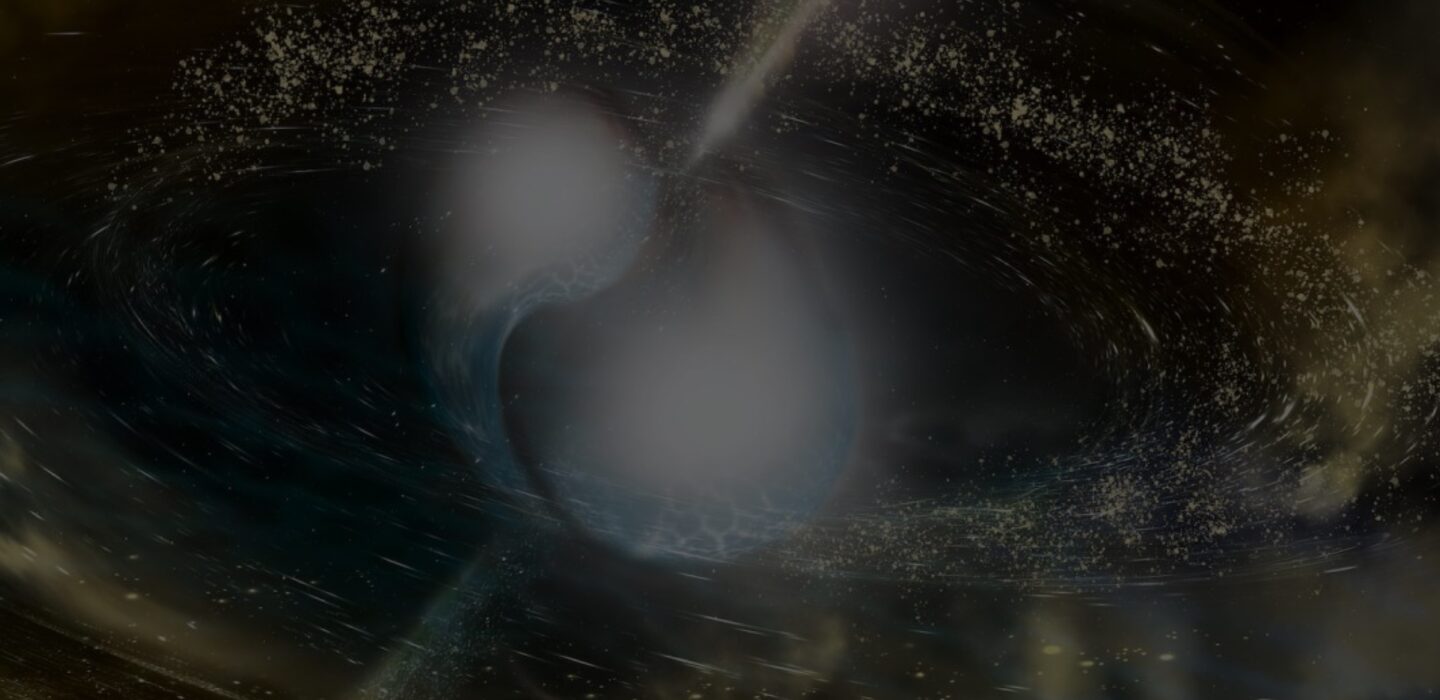Grant Donnelly & Andra Stroe

Monday, February 24, 2025
3:00pm
Marlar lounge, in person & via zoom
Talk 1: Grant Donnelly, 3:00pm - 3:30pm
Touched by fire: insights from PAHs in active galaxies
The space between the stars in galaxies is sprinkled with particles of condensed matter collectively referred to as "dust". Absorbing large amounts of starlight and consequently glowing in the infrared, dust is a critical component of interstellar radiative transfer, and it is as important to our understanding of the physics in galaxies as it is for enhancing their beauty. The smallest of these dust grains, called polycyclic aromatic hydrocarbons (PAHs), are increasingly of interest due to their diagnostic power and the fact that their emitted spectral features are readily observed with the James Webb Space Telescope (JWST). In this talk, I will discuss some of the ways that PAHs provide insight into different environments in galaxies such as probing the star formation rate, acting as an excellent tracer of CO content, and tracing the rise of metals throughout cosmic time. We will discuss some of the open questions related to PAHs, focusing on this: why is PAH emission markedly different between galaxies with an active galactic nucleus (AGN) and those without? Can the hard radiation from an AGN directly influence PAHs, or is there something else about AGN hosts that alter how PAHs behave? It has long been argued that an AGN might selectively destroy certain (namely, smaller) PAH grains, but recently, PAH models have allowed us to explore radiative effects as a potential cause. The complexities in answering this question arise from the same physics that give PAHs valuable diagnostic power, and I will show how we deal with these in our case study using spatially resolved mid infrared spectra from Spitzer. Looking forward, we will discuss how observations from JWST could finally answer this decades-old question.
Talk 2: Andra Stroe, 3:30pm - 4:00pm
Shocking tales of structure formation: evolving galaxies and black holes in evolving environments
Understanding the interplay between galaxy evolution, star formation, and black hole activity from the perspective of structure formation remains one of the most fascinating challenges in modern astrophysics. On the largest scales, pairs of galaxy clusters colliding drive the growth of structure. Cluster mergers are the most energetic events since the Big Bang, which release 10^64 ergs over 1-2 billion years and produce dramatic, long-lasting effects. By bringing together panchromatic observations, I will discuss how the merger of galaxy clusters can trigger star formation and black hole activity in cluster galaxies, shape the evolution of cluster galaxies, and reverse typical environmental trends observed in relaxed clusters at low redshift. With approximately half the galaxy clusters in the local Universe undergoing mergers, this recent work has revealed gaps in our understanding of the growth of structure in the Universe and showed the potential for discovery in this understudied field. I will draw parallels between the fundamental drivers of galaxy and black hole evolution in low-redshift clusters and the processes relevant in the context of proto-clusters and high-redshift clusters, where mergers and associated non-thermal phenomena were far more common than in the nearby Universe. I will conclude by discussing how the treasure trove of cluster samples at increasingly large redshifts delivered by a new generation of instruments will help guide discoveries in the field of gas, galaxy, and black hole evolution at the epoch when structures first formed.
Speakers
- Grant Donnelly, University of Toledo
- Andra Stroe, STScI